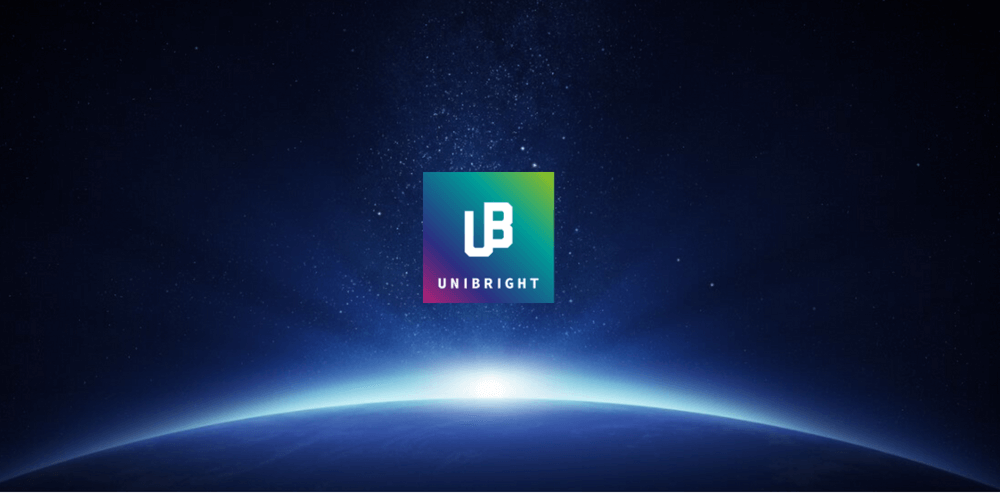
A little more than three months after reaching its soft cap, the blockchain for enterprise enabler Unibright has made progress by signing strategic partnerships with tech
giants including Microsoft and Lufthansa. Earlier this month, the company officially announced their first exchange listing with QRYPTOS chosen to list their token. Now the German-registered company has stated that it is getting closer to releasing a complete beta version of their framework.
To learn more about the current state of Unibright’s development, let’s have a closer look at its project management setup and approach to scaled agile development. Earlier in May, the company explained in its blog post:
“We are working with 4 dedicated teams on the 4 different parts of the Unibright Framework (Workflow Designer, Lifecycle Manager, Connector and Explorer). We decided on a scaled agile development structure, working in scrum based 2-week-sprints. Basically, this means to set up a backlog (think of this as a big to-do-list) for each of the development projects and pick items out of that backlog to be done within the next 2 weeks. After that, a new sprint starts, and so on”.
Now, Unibright has the experience of about 8 sprints for each team. While in the beginning there was enough work for each team to work “in their own field”, synching between the teams now gets more and more important, as Unibright is getting closer to a complete beta of its framework.
“Telling from our Roadmap this beta should be available until the end of the year, and we are well in time,” Unibright states.
Working on a scaled agile development structure, Unibright doesn’t only use scrum as a framework for each team, but also implements a ”scrum of scrums” on top of the 4 teams.
What does this look like?
The “top scrum” defines an overall goal, for example, a current goal to provide a public demo of the framework, showing all framework components working together.
Stories like user management (e.g. login once to use all framework elements with this login), persistence (e.g. saving a workflow design for later use) and integration tests are also defined on the top level.
The different teams break down the stories on the top level into developer tasks in their domain (Workflow Designer, Lifecycle Manager, Connector and Explorer).
During a scrum, Unibright also establishes common daily reports and direct cross-team communication channels using tools such as Slack.
“By our approach we are able to work with distributed teams that do not block each other. The teams stay agile and have enough room to organise themselves while still moving in the same direction and heading for a common goal – the production readiness of the Unibright Framework,” the team adds.
Unibright empowers anyone to craft powerful blockchain-based solutions with no coding skills. It transforms visually designed workflows into the platform-dependent code at the push of a button. This approach is applicable to a wide range of business tasks fitting into already developed templates like “Multi-Party Approval”, “Asset Lifecycle”, “Batch Tracing” and many others. On the practical side, it means that smart contracts get generated, deployed and updated automatically based on visual definitions. Due to its “no-coding-needed” approach, Unibright takes the spotlight of tech-giants, consulting companies, enterprises and blockchain companies.

